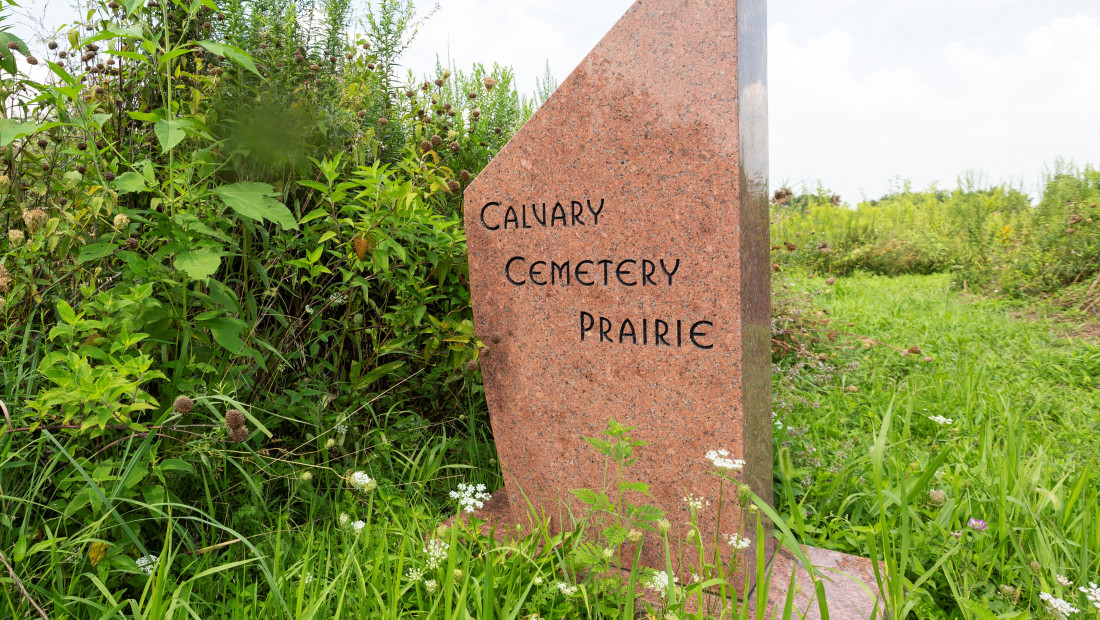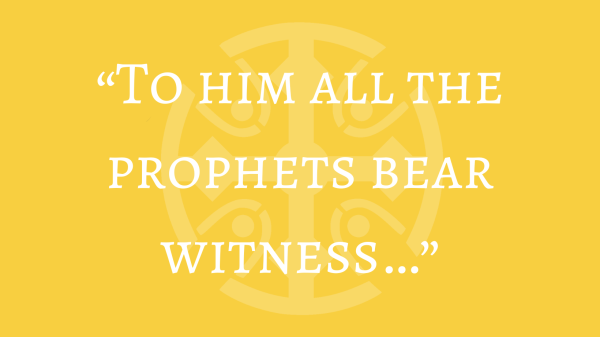Discover the Pristine Prairie

|
There has never been a better time to visit a little-known native prairie within Calvary Cemetery. In fact, if you journey there now, you’ll catch a glimpse of what the first European settlers saw when they arrived in Missouri. Native grasses, wildflowers, insects and other wildlife cover the serene, 24-acre site today, but that was not the case 15 years ago. Through a partnership with the Missouri Department of Conservation, our St. Louis area prairie remnant (land that has never seen a plow) has been restored to the majority of its native vegetation. Why is this so important? At one time, a third of Missouri was tallgrass prairie. Over the years, this has dwindled to less than one percent. Calvary’s pristine prairie includes native grasses, such as little bluestem, big bluestem, indiangrass, queen anne’s lace, and flowers such as coreopsis (a yellow flower with a red center) and rudbeckia fulgida (orange coneflower). These support a greater ecosystem of birds, wildlife, and insects, including butterflies and nearly 100 species of bees. Right now (August and September) is the best time to view the Monarch butterfly before it travels south for the winter. The Calvary prairie project was a significant undertaking that took many years and involved controlled burns to eliminate invasive plants. This was followed by seeding to generate native plants. Thanks to the diligent work and the ongoing monitoring by Missouri’s dedicated urban wildlife biologists, this ecosystem now reseeds itself naturally, while aiding in stormwater retention and control. Could there be a more perfect place to pray and ponder Pope Francis’ 2015 encyclical letter, Laudato Si? In it, Pope Francis explains how all elements in nature – from smallest to largest – work together to support life and how each should be observed and respected. “The entire material universe speaks of God’s love, his boundless affection for us. Soil, water, mountains: everything is, as it were, a caress of God.” (#84) The prairie is a symbol of hope and it provides a natural reflection of God’s love within an urban area of north St. Louis. Pope Francis tells us, “We were not meant to be inundated by cement, asphalt, glass and metal, and deprived of physical contact with nature.” (#44) Finally, a new environmental project is on the horizon! This time Catholic Cemeteries is exploring the possibility of bringing a native prairie to Resurrection Cemetery in Affton. The project envisions new trees as well as a habitat for animals, birds, and plants. Together, these will form a buffer between an undeveloped portion of the cemetery and a residential development nearby. |

